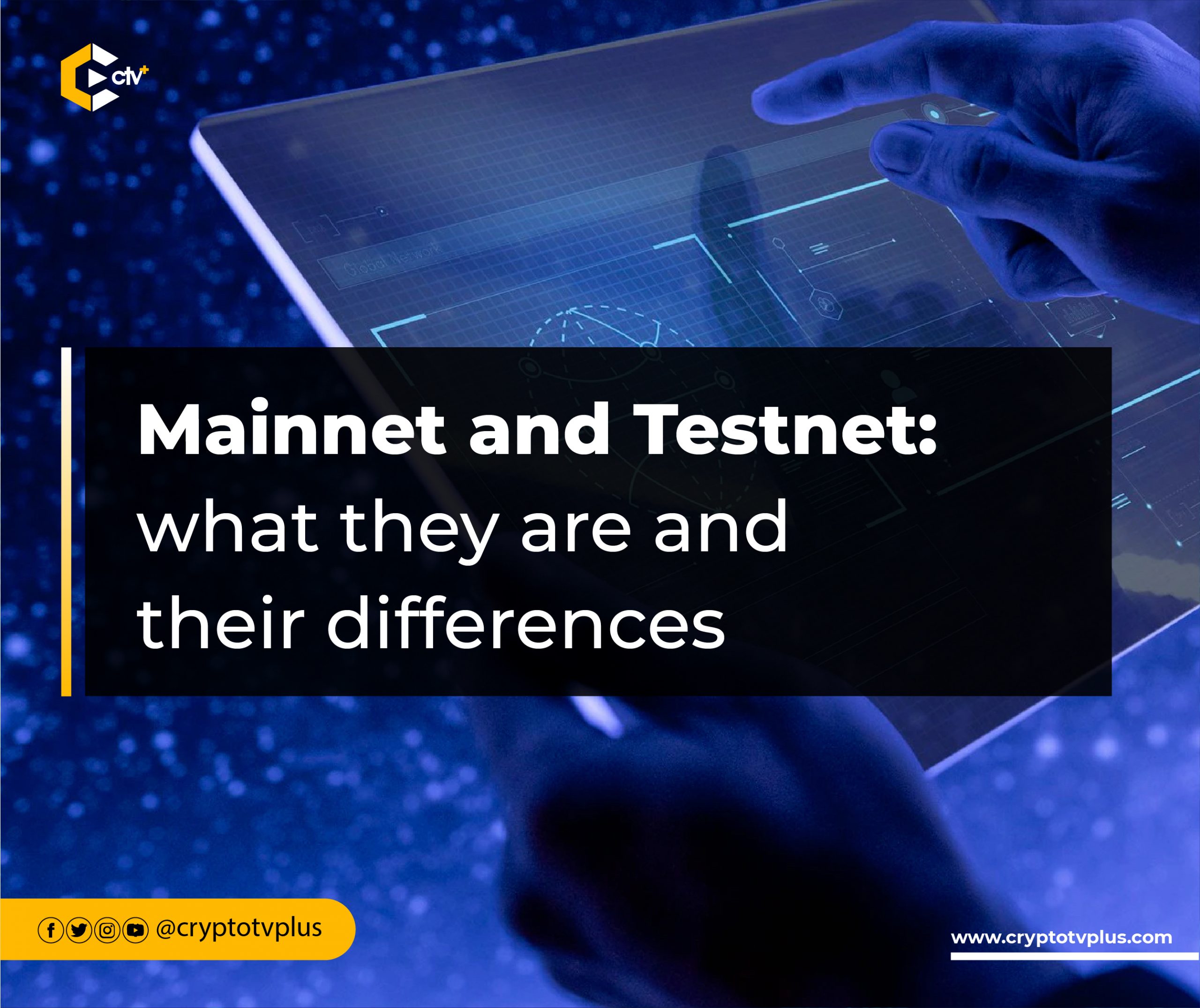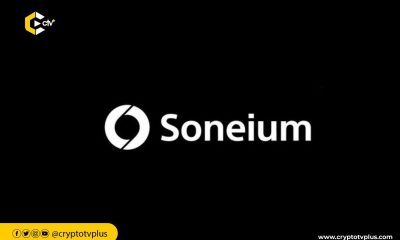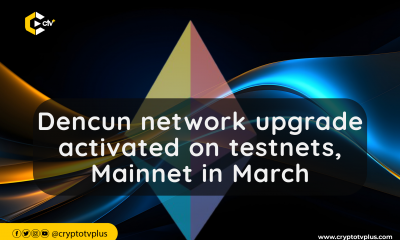Education
Mainnet and Testnet: what they are and their differences

A Mainnet refers to the main blockchain network of a cryptocurrency or blockchain project. It is the fully operational version of the project’s technology that allows users to send, receive, and verify transactions.
Before launching the Mainnet, blockchain projects often operate on a Testnet, which is a simulated version of the network used for testing and development purposes. Once the project team is satisfied that the technology is stable and functional, they launch the Mainnet, which is the live, decentralized network where transactions are executed in a trustless manner.
The Mainnet launch is a critical milestone for a blockchain project, as it signifies the transition from a theoretical concept to a functioning network that can support real-world applications.
In brief, the Mainnet is the operational version of a cryptocurrency or blockchain project’s network that allows users to transact, and it is an essential component for enabling decentralized applications and smart contracts to function on the network.
A Testnet is a version of a blockchain network that is created specifically for testing purposes. It is essentially a replica of the Mainnet, or production network, but with fake or test tokens and without any actual value. This allows developers to test new features, upgrades, and applications in a safe and controlled environment without risking any real assets.
Testnets are an essential part of blockchain development, as they allow developers to test and debug their code before deploying it on the Mainnet. This helps ensure that any issues or bugs are discovered and resolved before they can cause problems on the live network.
Testnets also enable developers to experiment with new ideas and innovations without affecting the Mainnet’s stability.
There are several types of testnets, including private, public, and community Testnets. Private Testnets are typically used by developers within a single organization or team, while public Testnets are open to anyone to participate and test.
Community Testnets are typically run by blockchain communities or enthusiasts and provide a platform for developers to collaborate and share ideas.
Differences between Mainnet and Testnet
Here are seven key differences between Mainnet and Testnet:
-
Purpose
The main purpose of the Mainnet is to run the actual blockchain network, while the Testnet is designed for developers to test and debug their applications without risking real assets. Thus Testnet is to ascertain how efficient a project is while Mainnet is the MVP of a project.
-
The real value of the token
The Mainnet uses real cryptocurrencies and has actual economic value, while the Testnet uses test tokens that have no real-world value. For example, users can acquire Sui Testnet tokens by requesting them from the Sui Faucet. However, this is different from the Mainnet token. So it’s right to say that while Mainnet has economic value, as tokens on the Mainnet can be bought, sold, and traded on cryptocurrency exchanges, Testnet tokens have no real-world value and cannot be traded.
-
Stability
The Mainnet is generally more stable and reliable than the Testnet, which can experience more bugs and crashes as developers test new features and updates. Bugs fixed at the Testnet stage make it possible to launch a more efficient Mainnet.
-
Speed, block time, and size
Transactions on the Mainnet can take longer to confirm due to network congestion and higher fees, while transactions on the Testnet are often faster and cheaper. Also, the block time on the Mainnet is typically longer than the Testnet to allow for more secure and reliable confirmations. However, this can be adjusted as the Mainnet is made more secure. Mainnet typically has longer block times and larger block sizes than Testnet, as it is designed to handle a high volume of transactions.
-
Number of nodes
Most times, Mainnet has more nodes that participate in the network than at the Testnet stage. At the Testnet stage, there is a lesser or limited number of participants are allowed compared to the Mainnet stage.
-
Accessibility
The Mainnet is typically more difficult to access and requires more effort to run a node or participate in network activities, while the Testnet is designed to be more accessible and user-friendly for developers. Mainnet is open to the public, while Testnet is usually only accessible to developers and testers.
-
Development Cycle
The development cycle for Mainnet applications is longer and more complex, as the code must be thoroughly tested and audited before deployment. Testnet applications can be developed more quickly and with less risk.
Other differences between Testnet and Mainnet can be seen in terms of network size – Mainnet has a much larger network size and user base compared to the Testnet; transaction fees – Mainnet transactions require users to pay transaction fees and even higher than that of Testnets, while Testnet transactions do not; forks – Mainnet is more susceptible to forks, which can result in the creation of new cryptocurrencies (Testnet forks have no real-world impact); security – Mainnet is more secure than Testnet as it has more stringent security measures in place to protect the real transactions taking place on the network; and data storage – Mainnet stores real transaction data, while Testnet stores simulated data.
Read also:
Sui Network Seeks Validators for its Testnet Wave 3
How blockchain technology can transform industries around the world
























